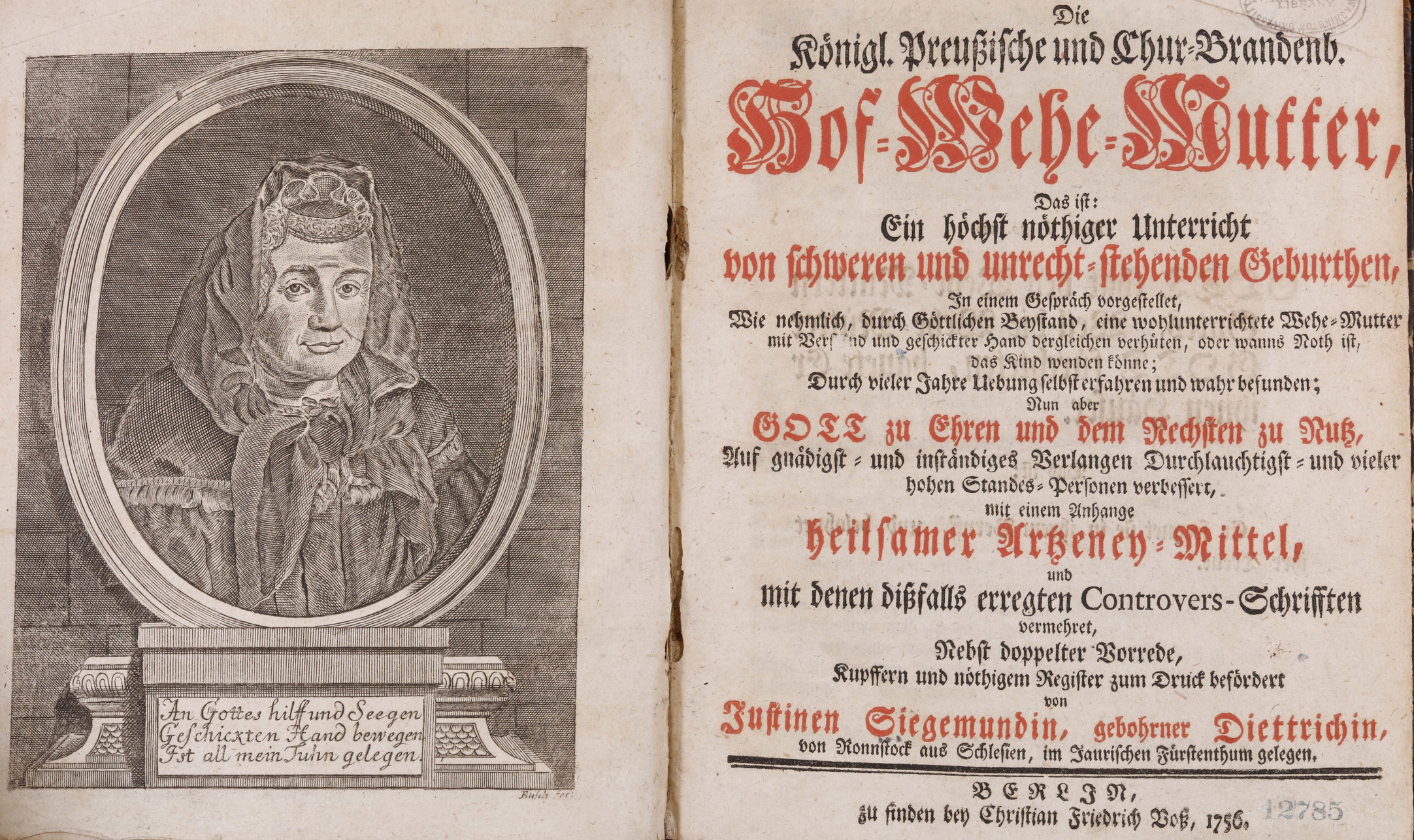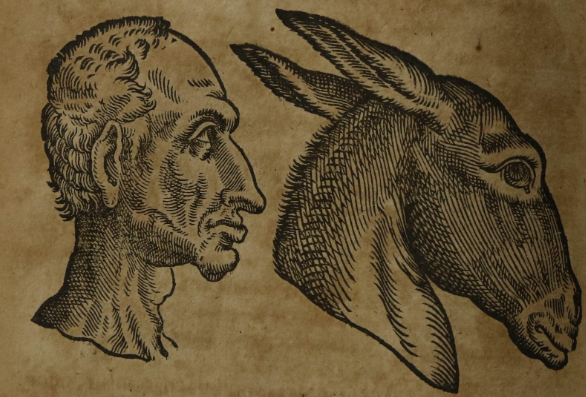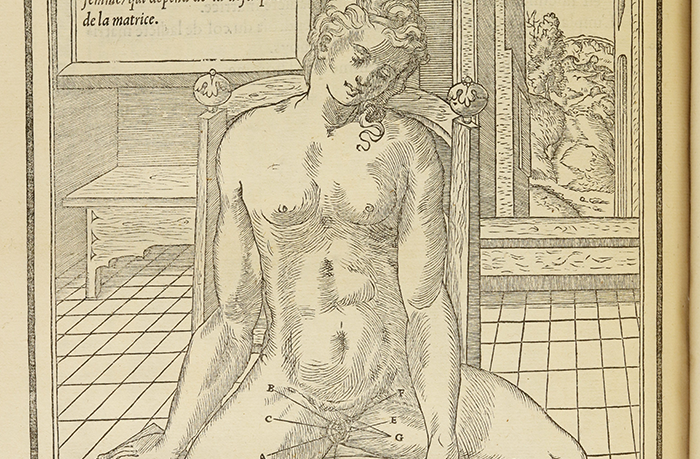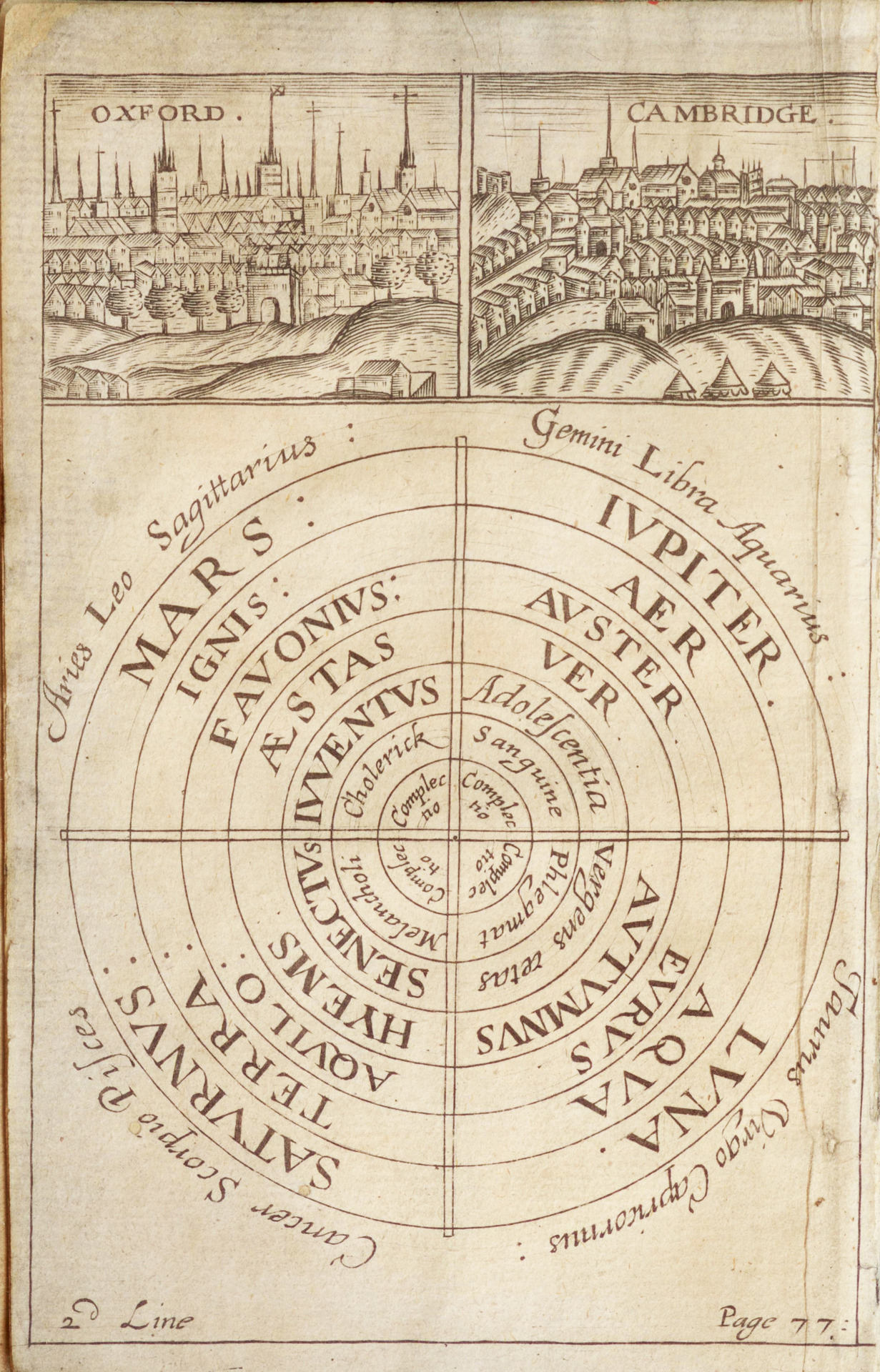A Goddess for the Renaissance
One of the distinguishing features of early modern Europe is its fascination with and embrace of the Greco-Roman past. While this is perhaps most obvious in the literary and visual arts—think of the many new editions of classical works such as Ovid’s Metamorphoses, or paintings such as Botticelli’s The Birth of Venus—medicine was equally enamored [Read more]










